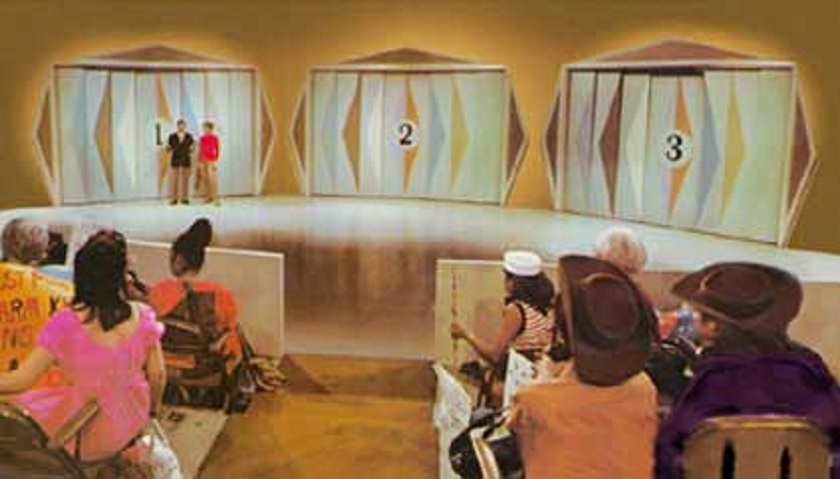mhardy6647
Grand Contributor
- Joined
- Dec 12, 2019
- Messages
- 11,393
- Likes
- 24,704
Well, I'd agree, except, if you randomly choose, your chance of randomly choosing B (the 'right answer') is one in four or 25%.Your chances of randomly getting any 1 of 4 are 25% and there are two at 25% so right answer is B.
So, I guess there could be three answers that could be considered correct... but, then, of course, your choice of randomly choosing the right answer is 3 in 4, which is 75%, which isn't one of the choices.
But, of course in that case, the chances of randomly choosing the correct answer is zero, but that's not one of the choices, either.



